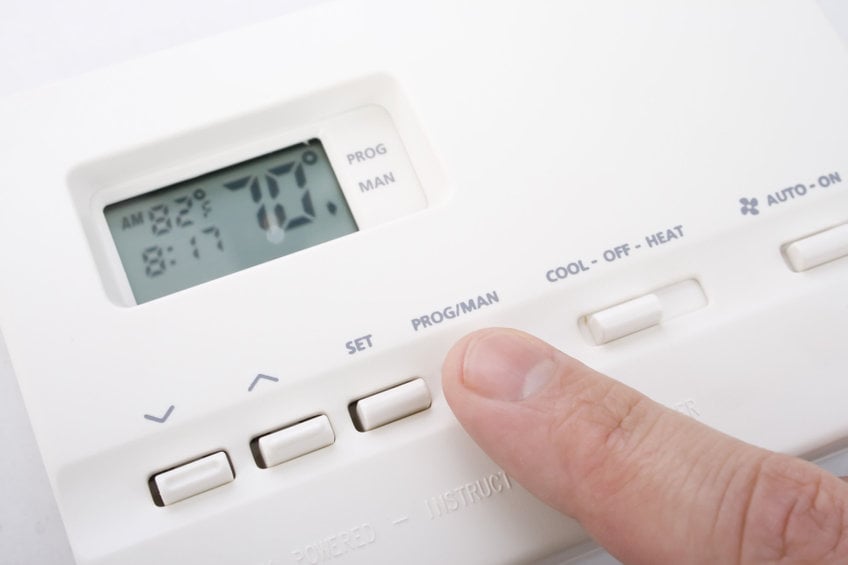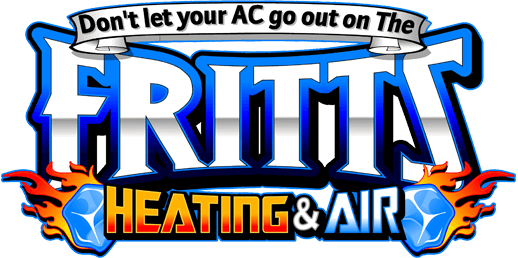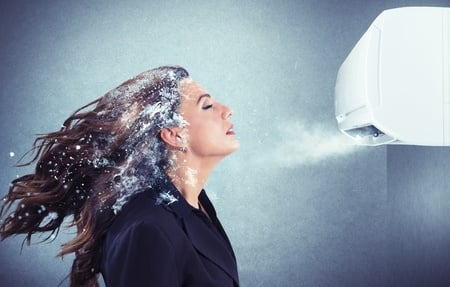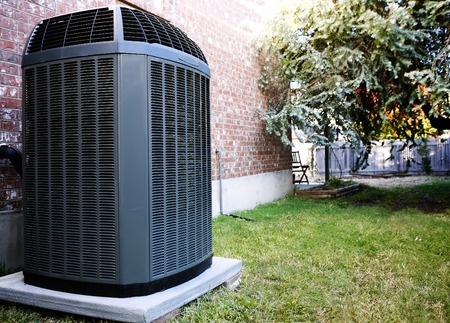The fall season always brings beautiful colors and colder weather. Lower temperatures inflict less strain on your HVAC system. This makes it easier to maintain a comfortable temperature within your home. With that being said, it is still important to address your thermostat settings this fall. We don’t have the typical Atlanta heat anymore, but it can still get fairly warm when the sun is out. One of the easiest ways to start saving during the fall season is by cutting your utility costs. While warmer months require higher settings to save energy and stay comfortable, the cooler temperatures have a different set of needs. So, what is the best temperature to set your thermostat for the fall? To determine the best setting, a homeowner must figure out what the best temperature is for comfort. Also, how to make sure that the setting chosen is efficient and cost effective. Here Fritts Heating & Air discusses tips for setting your thermostat to be efficient and cost effective during the fall season.
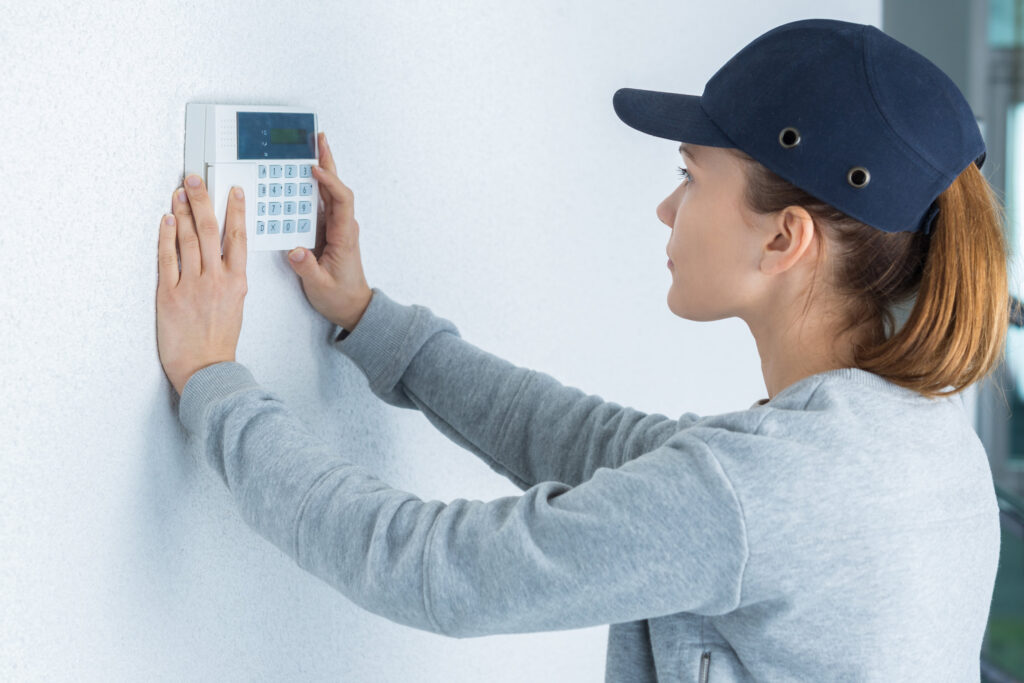
Why Are Consistent Thermostat Settings So Important?
Running your HVAC system at temperatures inconsistent with the season can raise your utility bill more than you think. In fact, for each degree closer to the outdoor temperature, you’ll save as much as 5% on your energy bill. High fluctuating temperatures can produce an increase in humidity, while cold temperatures can strain your air conditioning unit and cause it to freeze. Keeping away from temperature extremes reduces strain on your system while ensuring continued comfort within your home.
Cost Effective Fall Settings
Maintaining an effective temperature range indoors during the fall months can save you money in the long run. According to the US Department of Energy, the ideal daytime, at-home temperature ranges from 78 degrees in the summer to roughly 68 degrees in the winter. For fall, as outdoor temperature changes, consider setting the temperature lower to keep indoor temperatures within a reasonable range of the outdoors. The lower you can keep the heat during the day, the more you will save. The “magic number” is 60 degrees Fahrenheit when the house is empty. At this temperature, your home is closer to the outside temperature and the heating system won’t have to work so hard. Also remember that during the beginning of fall it may actually warm up more than that inside without the use of the heater.
Types Of Thermostats
- Non-Programmable – Constant temperature setting changes are an efficiency killer for buildings with a non-programmable thermostat. Make sure when you set your thermostat for fall, you commit to that temperature. If homeowners want a more scheduled approach to home comfort, consider purchasing a programmable model.
- Programmable – Like a non-programmable model, it is a good idea to set your schedule and desired temperatures and commit to it. The plus side of a programmable thermostat is the option to schedule the specific temperatures wanted at certain times of the day. With a programmable thermostat, this can reduce your energy bill while keeping your house at a desirable temperature.
Call Fritts Heating & Air
Thermostat settings control not only your home’s heating and cooling, but also your overall comfort. People typically think of thermostats as just controlling your home’s temperature. At Fritts Heat & Air, we view thermostats as your easy-to-use command center that lets you control and customize your entire home’s comfort experience. Upgrade your home and comfort level and save on utility costs with a smart thermostat. Smart thermostats learn your behaviors and optimize your cooling and heating system’s output. Fritts Heating & Air can professionally install and train you on any of the smart thermostats available today.

